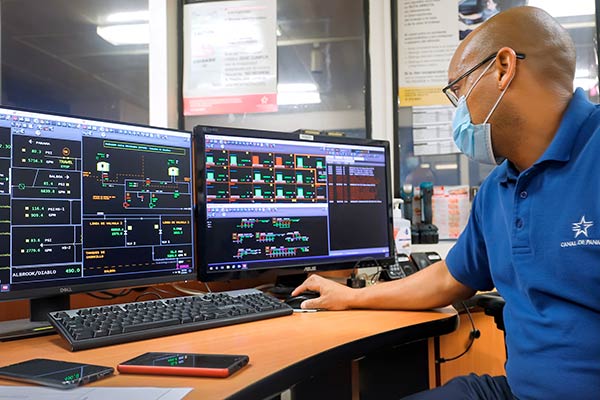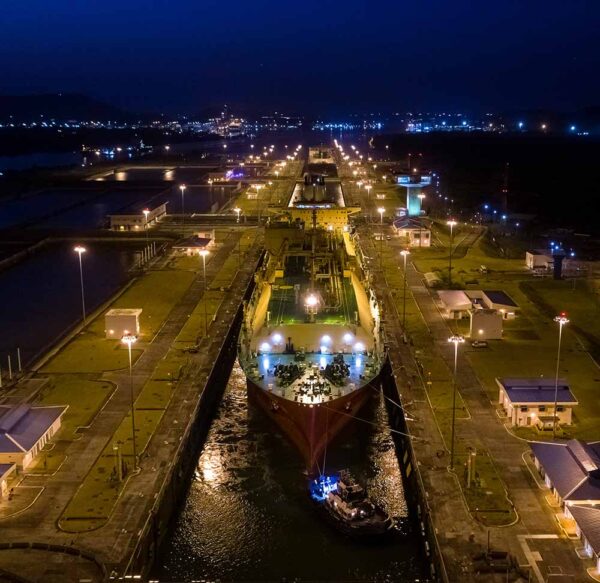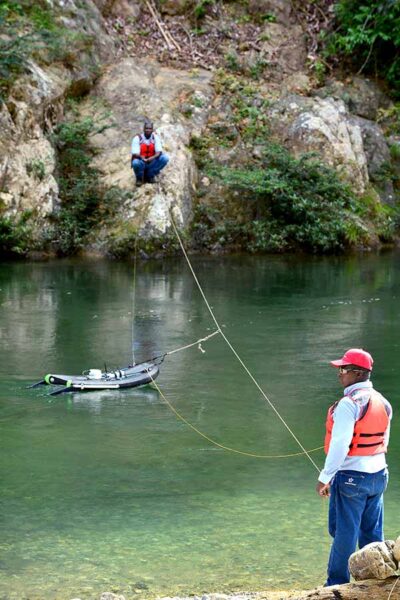The road to sustainability
If the Panama Canal were a person, in terms of growth, it would be entering its maturity stage and making […]
If the Panama Canal were a person, in terms of growth, it would be entering its maturity stage and making decisions to decide its future, mainly under the Panamanian administration era.
Between 2000 and 2020, the initial years of demonstrating Panama’s capacity to manage the inter-oceanic waterway were overcome, followed by the growth achieved with the opening of the expanded Canal. Two decades later, the time has come to take a long view and define the path to follow into the future.

The Panama Canal is clear that its future lies in sustainability, understood as enhancing the viability of its business, as stipulated in the Constitution of the Republic. At the same time, the natural resources are protected, the communities, the collaborators and the country are integrated to the development, balanced with a competitive and excellent service to the market.
On the road to this sustainability, Administrator Ricaurte Vásquez Morales has set forth a vision that defines a set of axes on which the Panama Canal will work during the next decade.
Water project
- The sustainability of the Canal depends on the availability of water, since the level of precipitation and rainfall has been on a downward trend over the last 10 years, so it is necessary to anticipate and take action to ensure the quantity and quality of water for human consumption.

Carbon neutral
- The Canal’s sustainability is also associated with its initiative to be carbon neutral by 2030, in line with the Sustainable Development Goals (SDGs) of the United Nations and other organizations such as the International Maritime Organization (IMO).
- This carbon neutral initiative will be achieved through six main axes:
-
- Electricity generation from renewable sources.
- Consolidation of facilities to minimize the impact of the employees’ footprint.
- Investments to capture C02 in surface management in the Watershed.
- Electric mobility of the vehicle fleet
- Hybrid floating equipment
- A toll structure that recognizes the vessel’s technology and makes its transit through the Panama Canal more efficient.

Digital transformation
- This is the next technological frontier that the Canal faces, and its objective is to integrate the organization’s processes to provide real-time data, allowing it to act more efficiently and effectively.
- Generate more digitized, optimized and improved processes, leading to maximize our existing resources and supported by state-of-the-art technology.
Modernization of infrastructure and equipment
- The current capacity of the Panama Canal has a ceiling, which imposes the challenge of bringing the current facilities of the waterway to their full potential. The best way is through cutting-edge technology that maximizes the operational life of the route’s infrastructure and equipment.